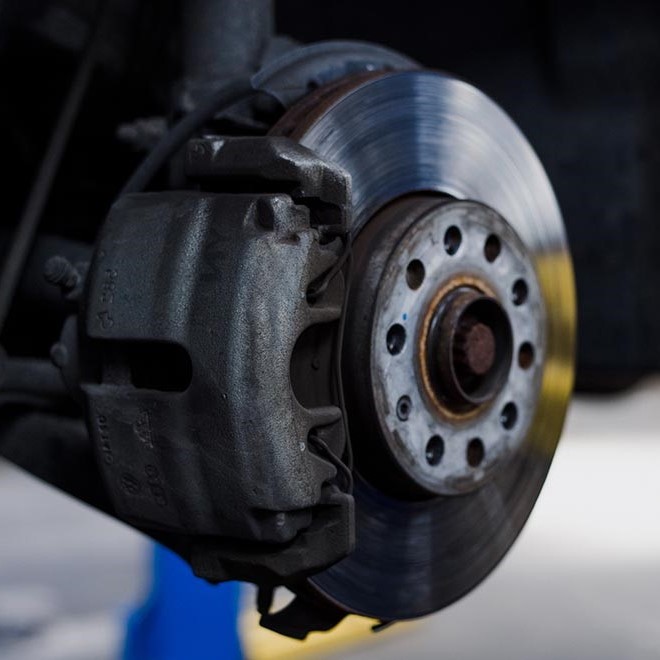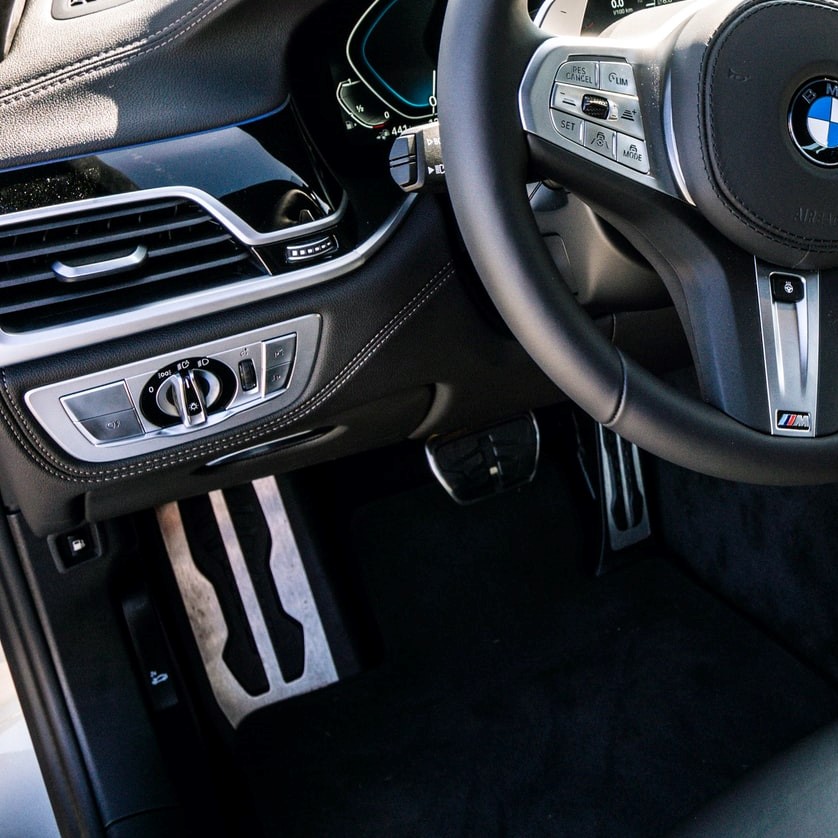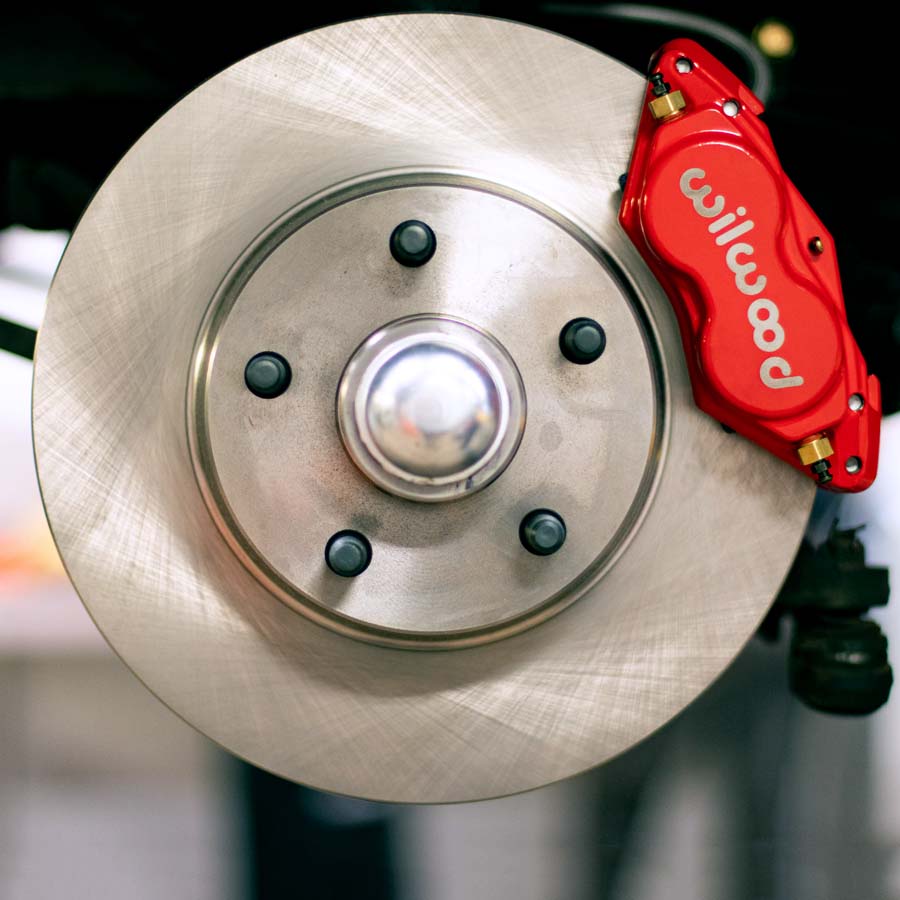
faq-Questions about brakes
The entire brake system is complex and varies from one vehicle to another- this post is mainly focused on brake pads and rotors.
1. How do brakes work?
This is a big question worthy of its own post, but for now the short and simple answer is this. The rotors rotate with the wheels as you drive. When you apply the brakes the caliper pushes the pads (which do not rotate) against the rotor, and the friction causes them to stop spinning.
I will break this down into more simple terms and details in another post. Please check back later or Subscribe to our blog for updates.
2. When do I need to change my brakes?
Your owners manual will tell you the recommended interval for changing brakes, however if you bought the car used you may not know when they were last changed. Anytime you suspect something might be wrong with your brakes, you should have them inspected. Common signs that your brakes need to be changed are squealing or grinding noises when braking, vehicle shakes when braking, or you have to push the pedal harder or further than you used to.
3. Do I need to change all the brakes at the same time?
No, you do not. The left and right on the same axle should be changed, but not necessarily the front and back. It’s not uncommon for the front or rear to wear sooner than the other, but the left and right brakes should be changed at the same time to prevent unequal braking. In other words, if you need front brakes do left and right on the front. Likewise, if you need back brakes do both sides on the back.
4. What is actually replaced when “changing the brakes”?
Here at Volks Auto, a brake change (aka “brake job”) includes a set of pads and two rotors. Typically we use premium ceramic pads unless the vehicle manufacture recommends otherwise. We also have the option to upgrade to performance pads and rotors designed for more aggressive driving.
Other shops may have a different definition of a brake change. For example, they might turn the old rotors instead of replacing them. Turning rotors means they use a machine to take the worn surface off to make them smooth again. In addition, the quality of parts used may differ from from one place to another. For example, using thinner pads allows for lower pricing, however they will not last as long.
Calipers usually don’t need to be replaced, but they do wear out eventually. Changing the pads and rotors before they are completely gone can help prevent damage to the calipers. Keep this in mind as calipers are a more expensive part, adding about $100-$300 to your bill or more.
5. What are ceramic pads vs. semi-metallic vs. organic?
Semi-metallic pads (sometimes called metallic) are made from a blend of metals such as copper, iron, steel, or other composite alloy and graphite. Because metals are good conductors these tend to withstand more heat and help braking systems cool back down more quickly. However, they tend to be noisier and produce more brake dust (if you ever see a car with rusty-looking rims in the front, its likely from their brakes).
As you would expect, ceramic pads are made from ceramic. The material is similar to ceramic used to make pottery and plates, but denser and a lot more durable. The ceramic compound is blended with copper fibers to increase friction and heat conductivity. In most cases we prefer to use ceramic pads as they are quieter than semi-metallic pads and produce almost no brake dust. They are more durable and have better heat characteristics compared to organic pads.
Organic pads are made of a mixture of fibers and materials such as rubber, carbon compounds, fiberglass, and more, and are bound together with resin. They are inexpensive and don’t produce much dust, however they wear out more quickly and don’t provide quite as much friction.
You could win over $200! Click here to enter our Giveaway ending 11/27/20.
Thanks for Reading
Hey, thanks for reading this post! I’m glad you’re here. If you have other questions post them in comments, or you can contact us by phone, email, Facebook, or stop in.



